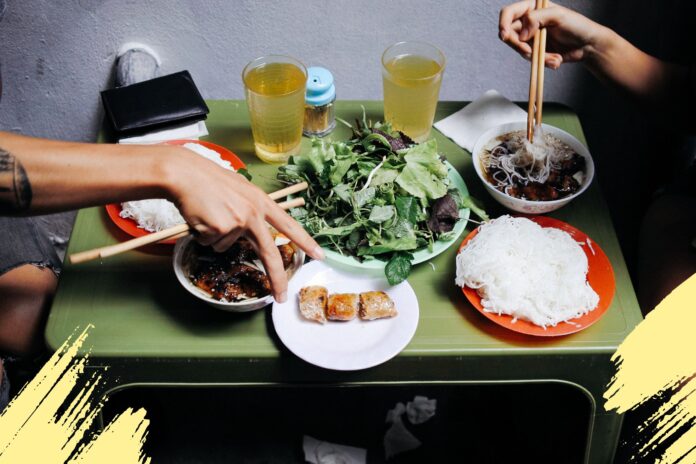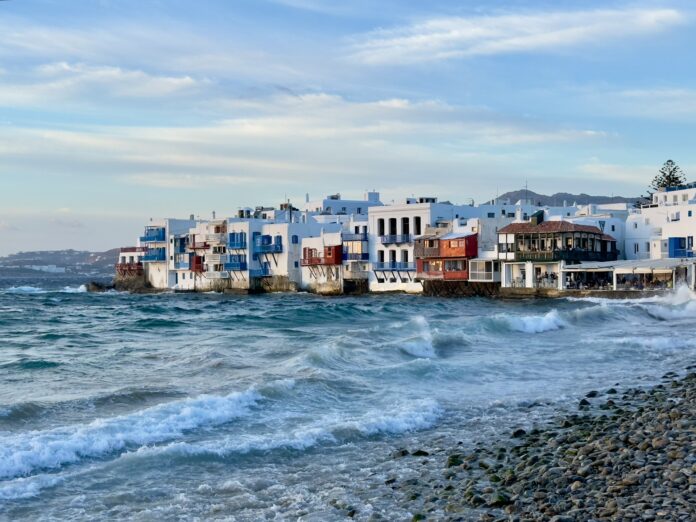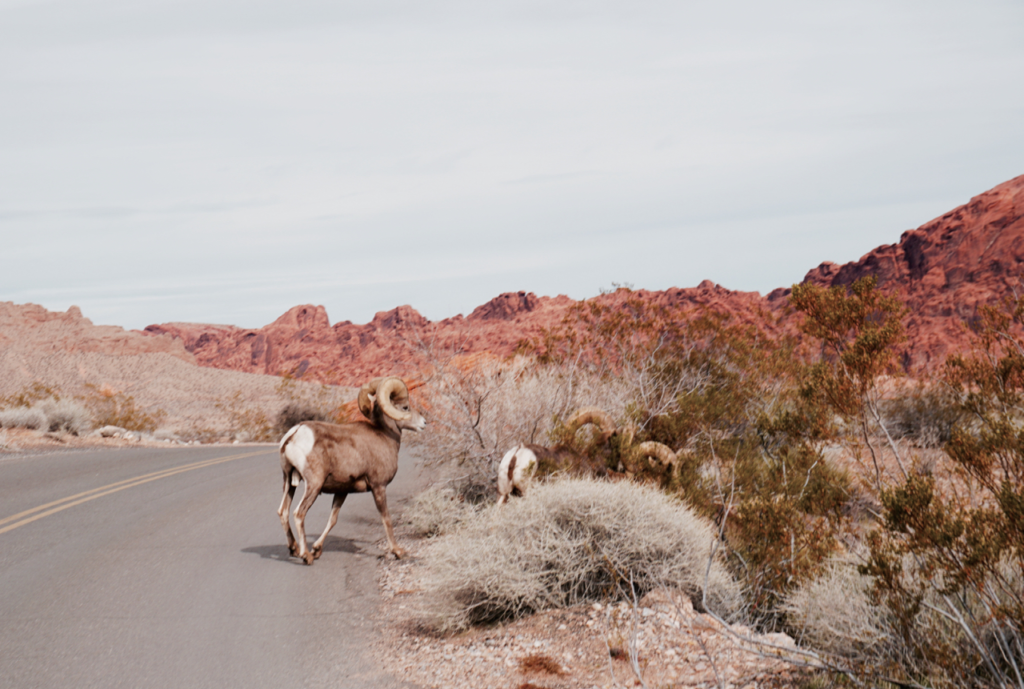
‘Pictures or it didn’t happen’. Though such a statement shows just how far we’ve sunk, where life lived through a lens carries more credibility than actual experiences accrued, after the year we’ve all had, there’s still so much to say for documenting your own adventures. There’s even more to say for flicking through old travel snaps with misty-eyed nostalgia and feeling excited about the possibility of holidays once again.
If you’re keen to capture more memories once travel bans are lifted and relative normality returns, then you’re going to have to plan things more carefully than ever. We’re here to help with that; here are 6 IDEAL tips for planning your own photography tour.
FAMILIAR OR FAR FLUNG?
First things first; your destination. Though the scope for unique, scenic or societal shots is probably greater in an unfamiliar location, there are still some incredible snaps to be captured closer to home, on terra firma. Ask yourself what kind of photos you’re intending to take on your tour. Should they be of specific locations, then the question answers itself.
But if you’re going for something more esoteric or abstract, then perhaps a staycation in the UK will fulfil your needs, allowing you to fully focus on your camera work, rather than on getting used to a new country and its culture. The UK is a wonderful destination for travel photographers and for vacation seekers too. Of course, if you’re in it just for the latter, choose somewhere you’ve been wanting to visit for a while, and let the photos come more naturally.
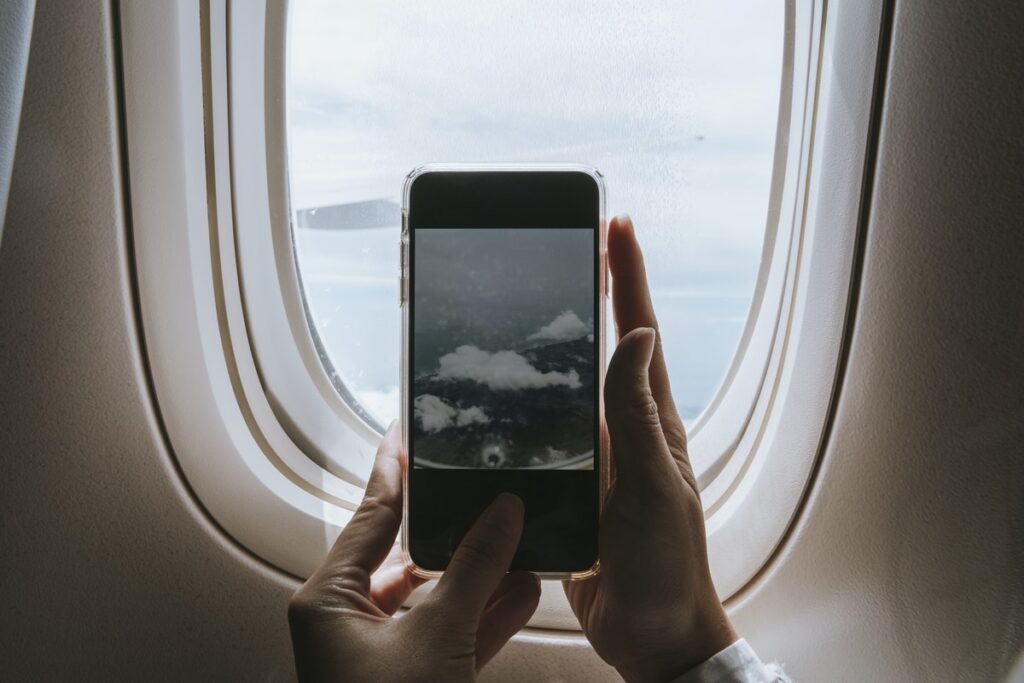
DEDICATED EQUIPMENT OR DEXTERITY?
Even at beginner’s level, the cost of photography equipment can mount up. But let’s be honest, at beginner’s level, too much kit can impede rather than enhance your shots. Great photography, at any level, is all about capturing the fleeting, once-in-a-lifetime moments, and while you’re fiddling with your infrared LED illuminator and full spectrum flash system, those moments will likely pass you by. So travel light and only carry the really essential equipment with you. This will cut back on the distractions which you probably won’t know how to utilise effectively anyway, and help you move in a dexterous way which won’t disturb the natural beauty around you.
Travelling light is certainly prudent, but it’s also wise to insure what equipment you do elect to bring with you. There is no bigger buzzkill for a photography trip than lost, broken or stolen gear before any moments have been captured. Basic travel insurance will cover cheaper cameras, but if you’ve invested in anything over roughly the £500 mark, then you’re going to need specialist cover. It’s important to let your insurer know of exactly the equipment you’re carrying to get yourself properly protected.

REACH FOR THE SKY
Speaking of equipment, if you’re looking to take things to the next level (quite literally), then have you considered using a drone for your travel photography? Personal, affordable drones have revolutionised the world of travel photography in recent years, allowing for enormous range and scope which was simply unthinkable to the amateur photographer until recently.
Rather than drone on, we’ll point you in the direction of our tips for buying a drone for more on this fascinating subject.
LIGHT IS YOUR BEST FRIEND
Experimenting with the light doesn’t only mean being aware of your camera’s flash and different settings. Nope, it’s a more all encompassing piece of advice; observe the place and the light at different times of the day (and night) to really capture a mood of an unfamiliar, fascinating place succinctly. Warm and bright sunrise, pinky – almost bloody – sunset, a crisp and clear day or a night in full moon; these can completely change the landscape and feel of your photos.
Another term well known to those with even a passing interest in photography – and one which you should utilise during your photography tour – is the golden hour(s). This refers to those two windows of opportunity when most of the greatest shots are taken. These rose tinged 60 minutes just after sunrise and just before sunset, at dusk and dawn basically, are without fail the ones most bathed in that warm kind of glow which both evokes nostalgia and the sense that anything’s possible.
So, while it might mean setting your alarm clock a little earlier and viewing impossibly beautiful sunsets through your lens rather than your actual eyes, the sacrifice is worth it for the best shots possible. While we’re on the subject, the blue hour (just before sunrise and just after sunset) is also an intriguing time to capture some interesting snaps, but requires a little more skill to pull it off. You got this.
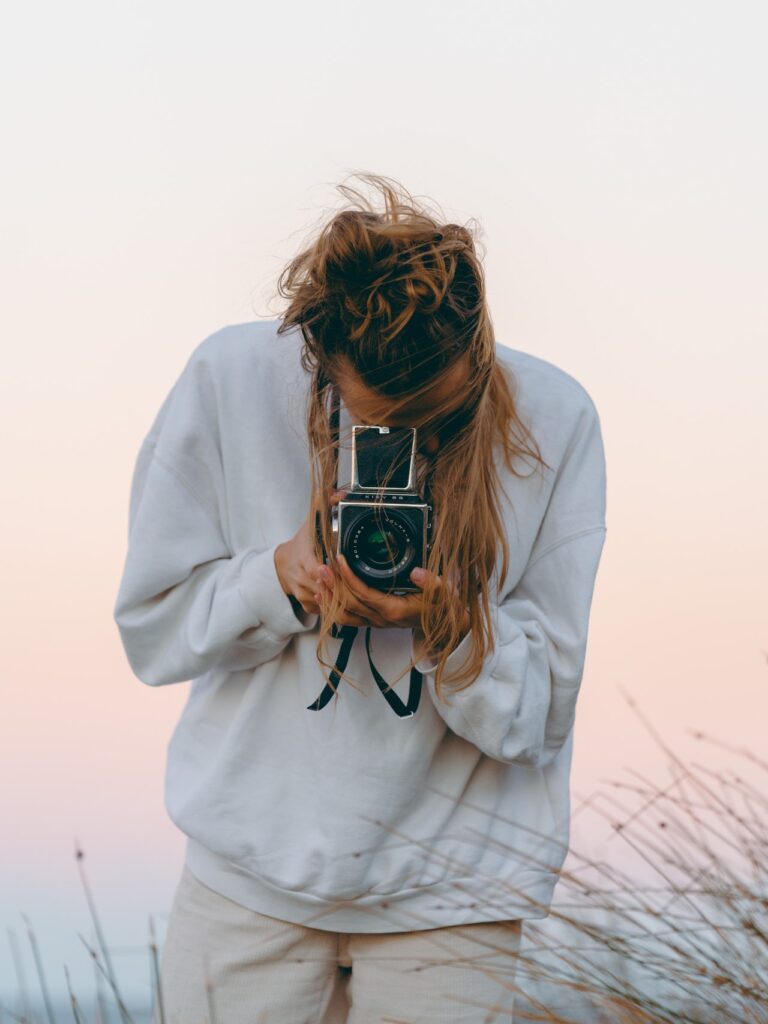
FOOD FOR THOUGHT
Sure, showing off photos of the rasberry red plantain at London’s Ikoyi, your pork belly and ‘scallion’ bao bun at Momofuku Noodle Bar, NYC, or the oozing tortilla at Barcelona’s Cal Pep, has become a little passe. But even in 2020, there’s little which captures place and time more succinctly than a perfectly photographed local dish, restaurant, street food or market scene.
As such, consider basing your photography tour around the food of the country you’re visiting, giving you a frame of reference and structure to each and every day and photo. If you’re looking for inspiration, check out this guide to 10 of Europe’s most Instagrammed dishes.
BE RESPECTFUL, LEAVE NO TRACE
Sure, locals will generally be proud of their home country and welcoming of visitors, but flashing a camera in unfamiliar faces is, in pretty much any culture, considered deeply impolite. In some countries, being photographed, whether by strangers or family, is a complete no-no, so approach all photography of people as the subject with sensitivity and always, always ask before you hit the ‘take’ button.
Equally as important, when in rural, wild land with your camera, make every effort not to disturb, destroy or disrupt the subjects of your interest. Step carefully, breathe lightly, and leave no trace wherever you tread.


